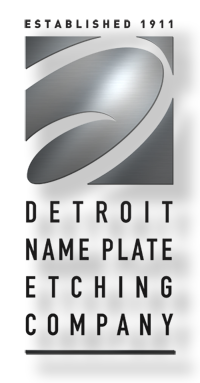Many forming processes work by taking material away from a block of the raw substance. This can be done by die-cutting, where a template is pressed into the material and the excess is removed, or laser engraving that burns and melts material away. Electroforming, on the other hand, forms metal according to your exact designs by adding it molecule by molecule.
What are the benefits of electroforming?
- You can specify the material to be as thick or as thin as you need. Because the process is additive instead of subtractive, the finished product can be thin; you don’t have to worry about the damage removing material from an increasingly thin layer. It can also be built with thick layers and inbuilt shapes.
- You can make parts with no seams or weld marks. If you need a complex finished product with slots or imprinted shapes, many forming processes would compile it from different parts. But with electroforming, your three-dimensional product can be made of one piece. This will make it stronger throughout its life and give it a cleaner finish.
- The product can be coated with an anti-corrosive layer. In order to make the metal part as strong and long-lasting as possible, it can be finished with a thin, complete deposition of corrosion-resistant material.
Electroforming lets you design a product with the usual constraints of many other forming and etching processes, and our CAD software gives you the tools to do it. Go to Detroit Name Plate Etching here to get started.
